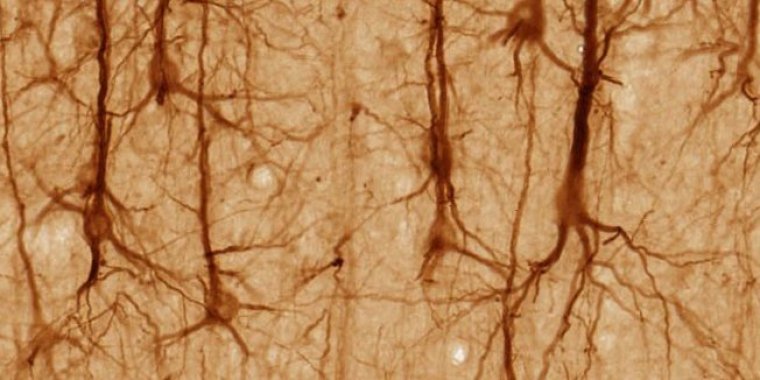| News / Science News |
Transistor that mimics neurons developed
An international team of scientists has developed a transistor capable of mimicking some characteristics of neurons, such as counting, remembering and performing simple arithmetic operations.
The device still needs to undergo a long process of adjustment and refinement.
However, it can lead to the development of a platform for the manufacture of super-compact calculators and other electronic equipment that need to have memory intrinsically linked to the transistor itself, or incorporate features at nanoscale without requiring an additional memory unit.
Standard computing equipment typically have separate processing and memory units that constantly exchange data. The prospect of storing data in the same physical unit can lead to devices — such as memsistors, memcapacitors and meminductors — with inherent memory and better performance due to the time and energy saved by avoiding the transfer of data.
The transistor was developed through tests and modelling carried out jointly by researchers from the Federal University of São Carlos (UFSCar), Brazil, the University of Würzburg, Germany, and the University of South Carolina, United States.
The transistor consists of micrometric and nanoscale parts, and can process information in infinitely smaller scales of time, space and energy than do current transistors, such as the ones used in the average calculator.
Since quantum dots are sensitive to photons, the transistor is capable of perceiving light. This means the transistor can control its own electrical voltage.
Having this capacity enables it to control the dynamics of quantum dots involved in the process and mimic how neurons respond to stimuli.
More research is needed before the transistor can be used as a technological tool. For example, it now only works at extremely low temperatures of approximately 4 Kelvin, which corresponds to the temperature of liquid helium. (SciDev.Net)
YOU MAY ALSO LIKE




